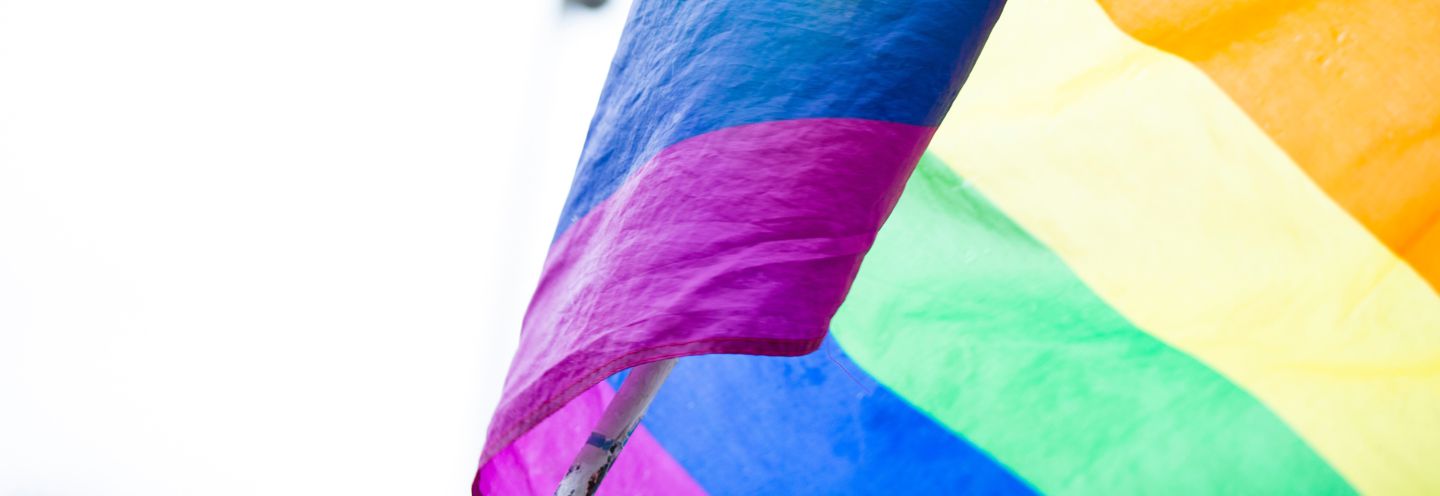2SLGBTQ+ Representation in Media
2SLGBTQ+ Representation in the Media
No longer relegated to the realms of innuendo and secrecy, today we see a wide range of gender identities and sexual orientations represented on television and in mainstream film alongside cisgender people. 2SLGBTQ+ (two-spirit, lesbian, gay, bi-sexual, trans, queer and gender and sexually diverse communities) people see their reflections on screen in a wide variety of roles. And yet, there remain many challenges.
2SLGBTQ+ Representation in Film and Television
When discussing media representation of various groups, especially those we consider marginalized, stereotypes are often a primary concern. But sometimes, breaking a stereotype doesn’t go quite far enough, and the issue can be a little more complicated than merely determining whether or not a character is represented in a positive or negative way. The section that follows explores different approaches to queer content by analyzing various ways that popular media have used characterized LGBTQ people.
2SLGBTQ+ Representation in Other Media
2SLGBTQ+ people have been involved in producing their own media for as long as alternative media has existed, but with the advent of the electronic age and cheaper and more accessible electronic devices for production, there has been an explosion of 2SLGBTQ+-produced media of all kinds. The following section explores the ways that 2SLGBTQ+ people have sought to claim space for themselves within media and culture.
2SLGBTQ+ Representation in Advertising
As in other media, 2SLGBTQ+ people have gained a greater and more widely visible presence within the advertising world, with ad agencies courting the “Pink Dollar.” This is not surprising, considering that the 2SLGBTQ+ audience is estimated to be worth around $917 million in buying power.[1]
Strategies for Engaging with LGBTQ2S+ Representation in Media
Though 2SLGBTQ+ characters, situations and themes are becoming increasingly prevalent in the media, it is sometimes difficult to interpret representations.
Sexual Orientation, Gender Identity and Canadian Broadcasting Policy
Canada’s Broadcasting Act, last amended in 1991, outlines industry guidelines for portrayal of diversity.

